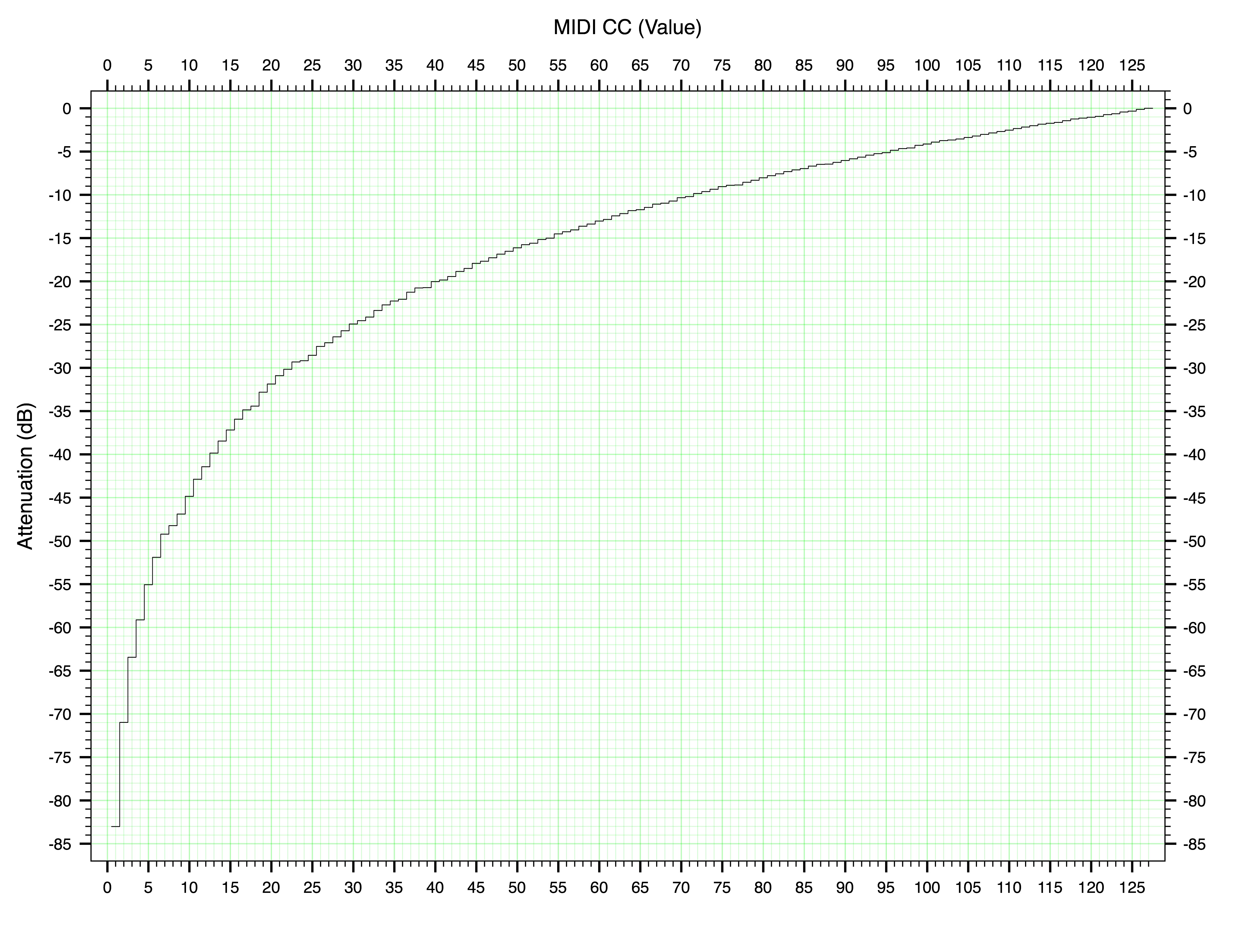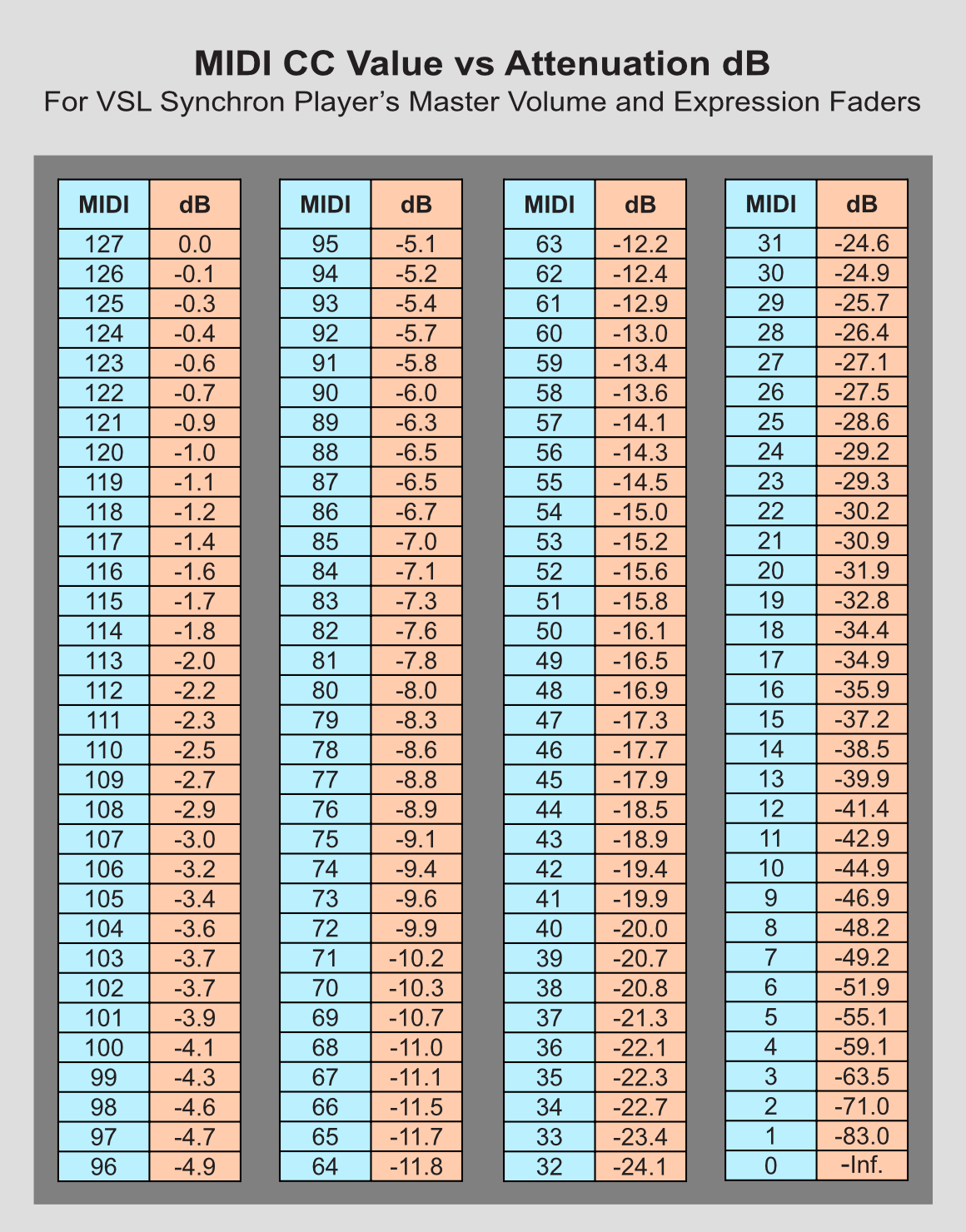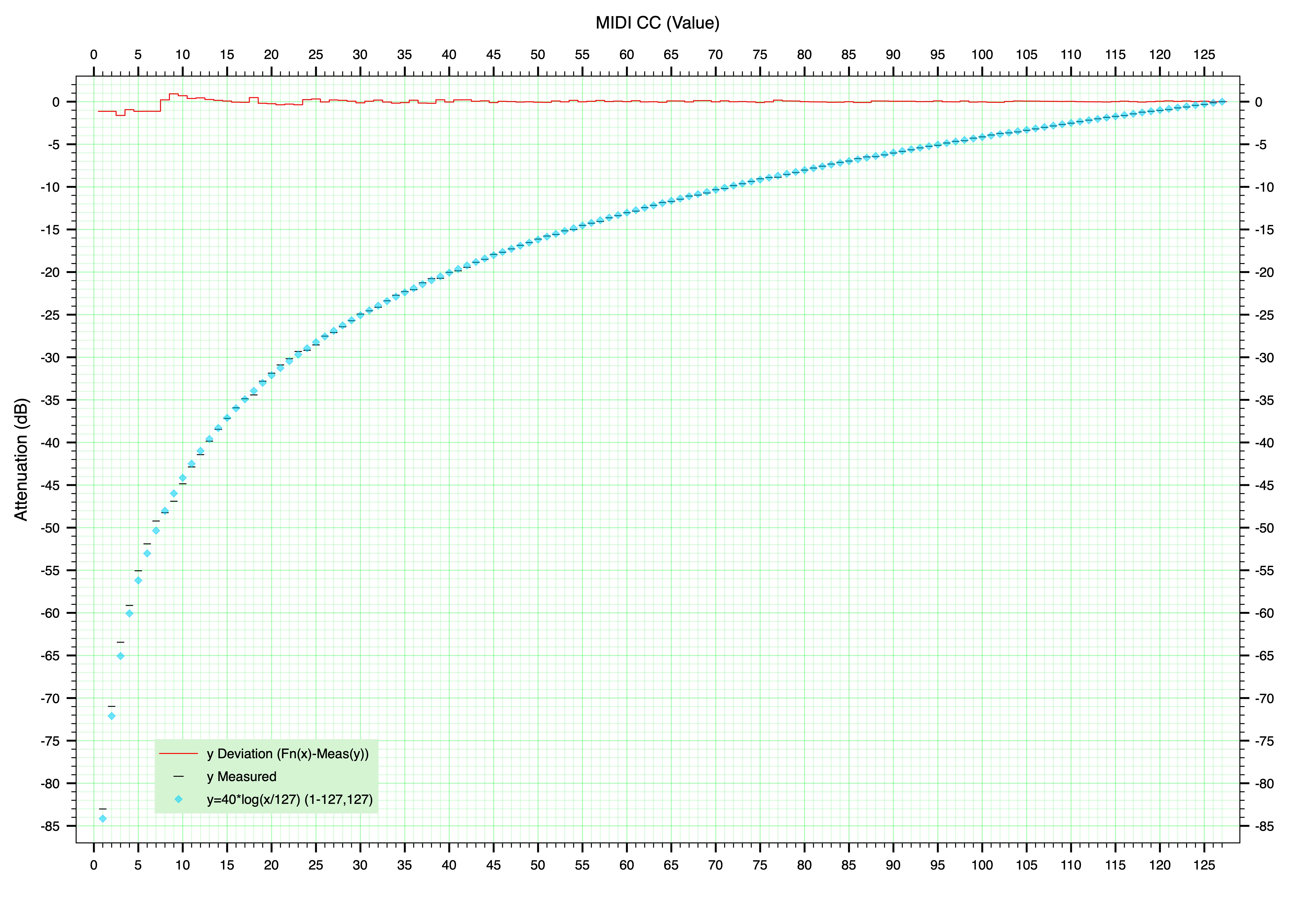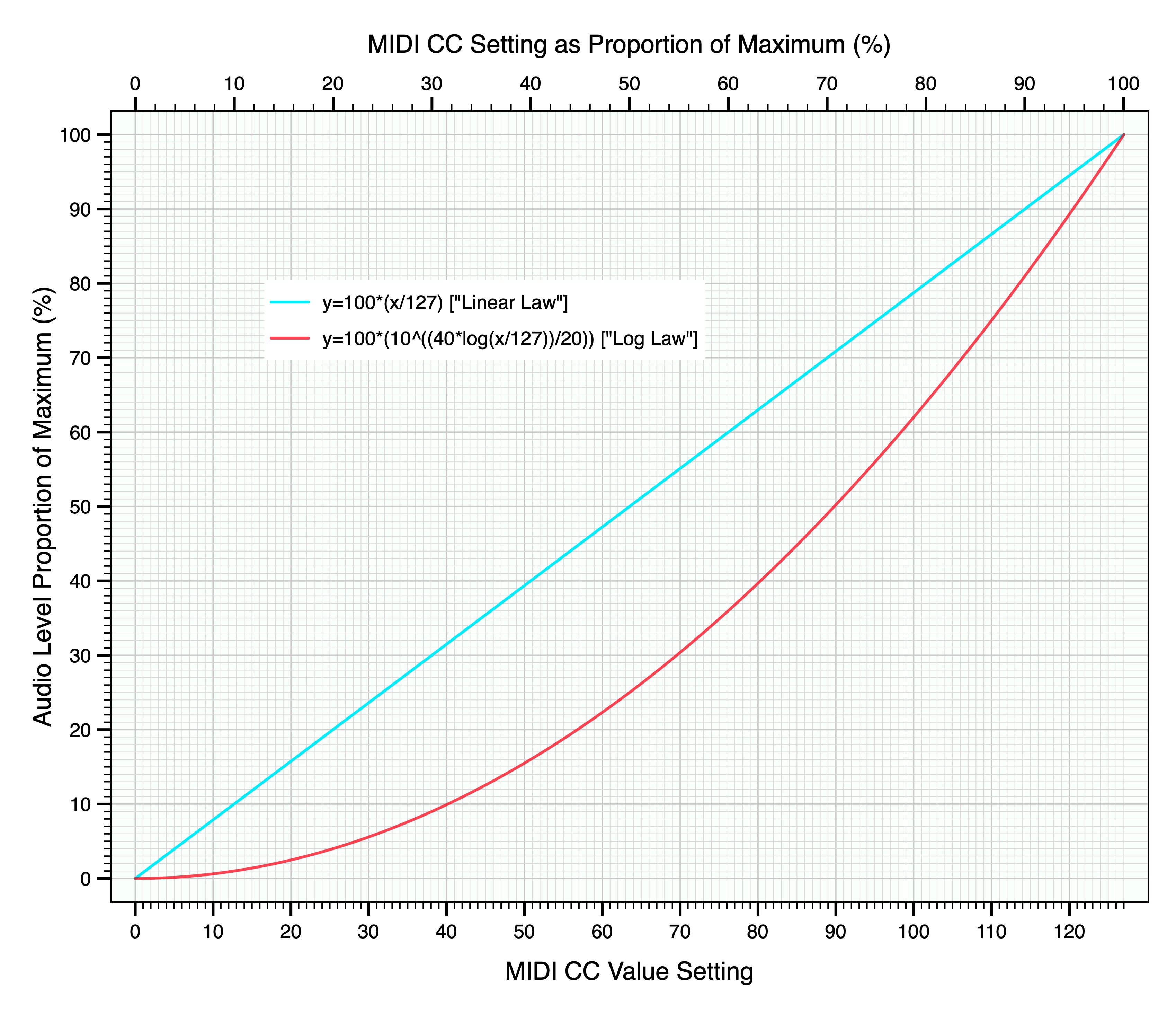Paolo, most of the credit is rightfully yours - your posts on this topic made me realise something really needs to be done about this issue. So well done, you!
And it's not over yet.
As I mentioned to you in your thread on this topic, I'm going to create some very simple graphics overlaid on an image of the Synchron Volume and Expression faders (as a few alternative ideas for discussion), which I'll post. Then hopefully, if enough users agree on one partilcular graphics scheme, we might then be able to lobby and nudge VSL into adding some similar graphics in a future Synchron Player.
What I have in mind is simply to add a few dB numbers in between these two faders, showing something like, for example, +6, 0, -6, -12, -20 -40, ∞, vertically, with a small dot or dash on both sides of each of these numbers to mark exactly where the faders should be for these dB levels. (I know SSL don't show + or - on their dB markings next to each fader, and I agree with that; I've added them here merely for clarity in our textual context.)
There are a few alternatives to consider, such as 10, 5, 0, 5, 10, 20, 40 .... etc. But the most important thing to keep in mind is that we must work with the existing CC/dB fader curve. If VSL were to update to a different fader curve, imagine the mayhem that would ensue with many users complaining that their previous project mixes are now out of balance as a result of the curve change!
When we're settled on a particular graphical dB legend, then of course I'll change the dB numbers in my graph and table accordingly (unless VSL have by then provided their own graph and table in the documentation!).
Finally, let me emphasise that faders have always been, right from the earliest days, merely variable attenuators. Changing what we regard as our dB calibration on these faders makes ablsolutely no difference to what the fader actually does - it attenuates; pure and simple; it does not amplify. (But you already know that, Paolo; I'm addressing other potentially interested users in general.)



